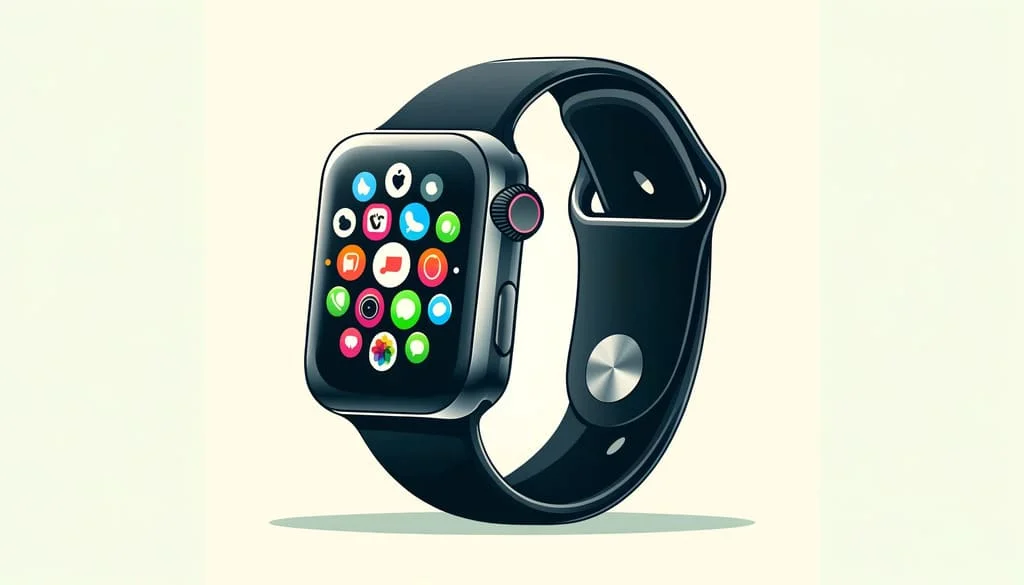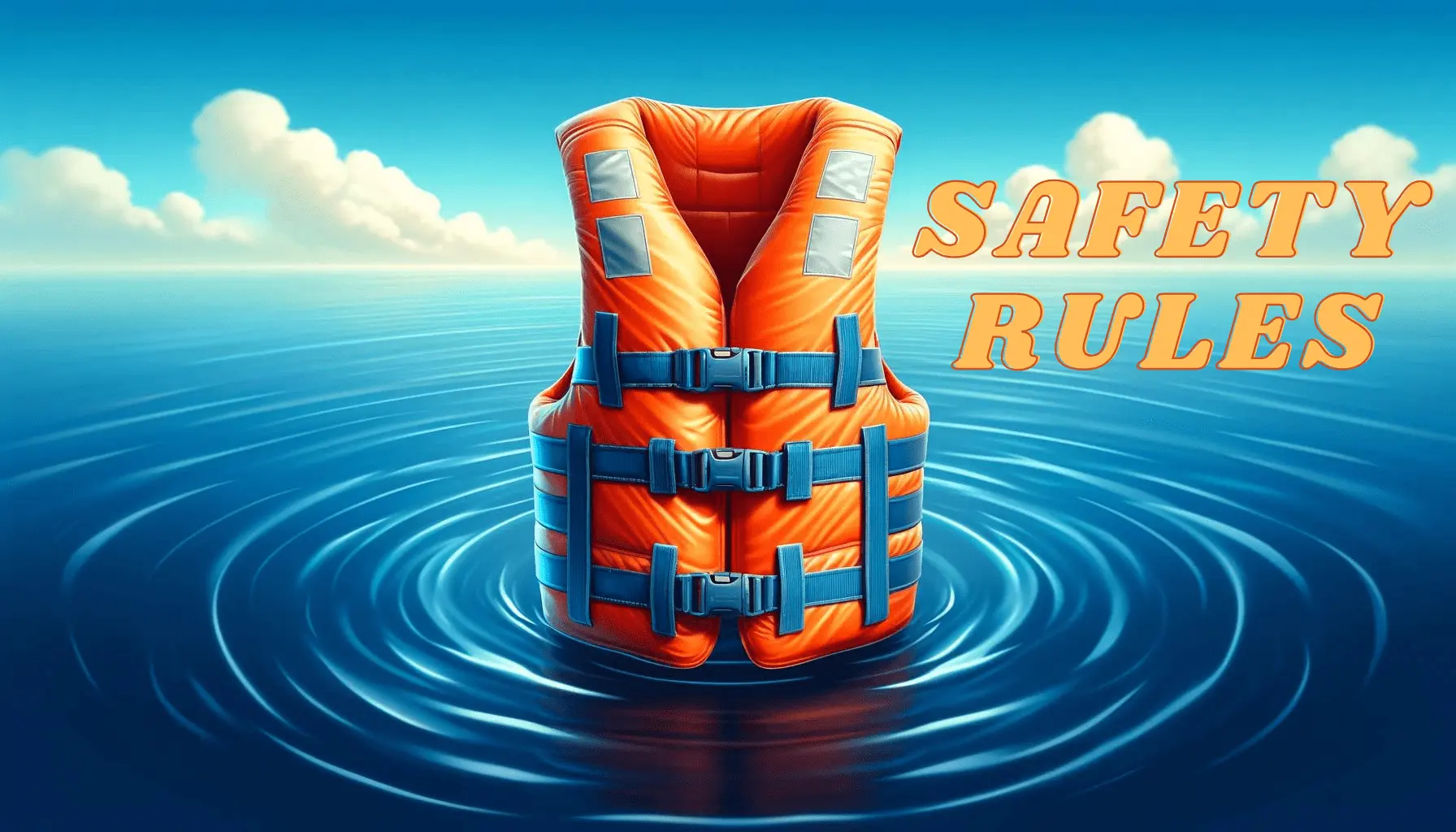You’ve meticulously planned your upcoming kayaking excursion, from choosing the perfect route, transporting your kayak the right way, and picking out the appropriate gear and equipment for your adventure.
That’s all good. But there’s one crucial detail that you, like most new kayakers, may have overlooked – how long does it take to kayak a mile? It seems like a simple question. Well, it’s not as straightforward as it appears at first. But it’s important to have an idea seeing as an estimate would help you know when you expect to be back and prioritize your safety.
You may not care much for this answer, but it depends. I’ll explain further later. There are numerous factors at play, like your technique, weather, wind direction, and water conditions. That can affect your kayak speed, making it a bit hard to give an exact answer.
However, assuming you’ll face ideal conditions and other factors remain constant. The average person can paddle a kayak at a rate of 2-3 miles per hour, meaning it would take most people between 30 and 45 minutes to kayak one mile.
I’m going to explore different scenarios and factors and try to answer in detail how long it takes to kayak one mile for people with different skill sets in unique situations. So stick around for a more in-depth answer to this question.
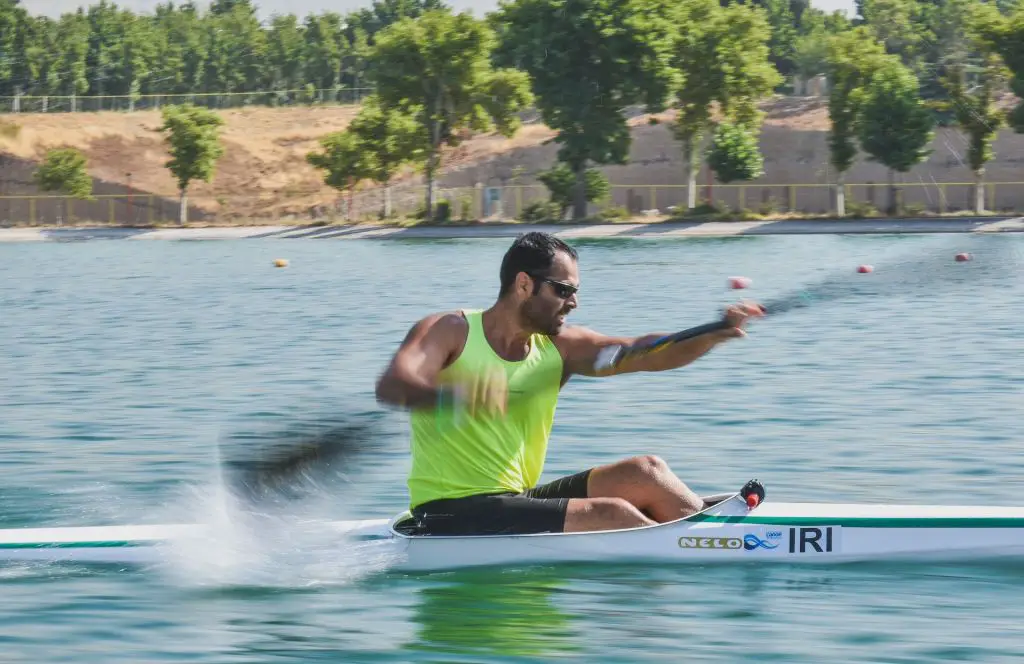
Average Time To Kayak A Mile
Before I dive into the various factors that can affect your hull speed, you might be wondering what a theoretical maximum speed might look like.
Well, on average, a recreational kayaker can typically cover one mile in around 20-30 minutes. A more experienced kayaker can do so in 15-20 minutes. Or even less.
Of course, it all depends on your personal kayaking abilities, the type of kayak you have, and the conditions you’re facing on the water.
And other factors that you may over look to be discussed later. In reality, paddling conditions are rarely ideal, so, I can’t accurately give an average kayak speed. But we can draw a conclusion going of what many experienced kayakers would tell you.
General Estimates For Kayaking Speed
Like I’ve stated, the casual kayaker can paddle one mile in about 20 to half an hour, while pros clock in less than 20 without too much hassle. Put another way, pro kayakers can routinely paddle up to 3 mph, while novice and casual kayakers typically hit around 2 mph.
The average speed of some next-level performers clocks in at well over 5 mph, shaving huge chunks of time to kayak a mile. I shouldn’t have to keep repeating that these numbers are based on certain assumptions. So don’t be discouraged if you don’t routinely hit this kayak speed.
Comparison With Other Water Activities
People often confuse kayaking with canoeing, but they are different in terms of the equipment used. Kayakers sit in a low seat and use double-bladed paddles, while canoers either kneel on the boat or sit on an elevated seat and use single-bladed paddles.
Kayaks are faster than canoes because they’re designed for efficiency. They’re easier to paddle too, with their sleeker design and lower seating position.
Standup Paddle Boarding (SUP) is another water activity where the user stands on a board and uses a longer, single-bladed paddle. Generally, kayaks are faster in the water than SUPs, but of course, there are exceptions. SUPs designed for downwind or racing can be faster than recreational or whitewater kayaks.
Factors That Affect Kayak Speed
Like I’ve mentioned, giving an answer to the question, “How long does it take to kayak a mile?” can be challenging due to the several factors that come into play. Let’s take a closer look at some of these factors.
Paddling Technique
As any experienced kayaker will tell you, the right paddle is crucial for kayak speed and performance on the water. It can make all the difference.
Your kayak paddle design, length, and blade shape all impact your stroke efficiency and comfort, which will then affect your maximum hull speed.
And you’ll find the time you take to kayak a mile could have been reduced a lot just by having the appropriate kayak paddle. We’ve seen it a lot as it’s so easy for beginners to overlook this.
It’s crucial to ensure the paddle’s size matches your physique, kayak, and intended use for optimal performance. This means taking into account your height, the width of your shoulders, your fitness level, and the width and design of your kayak.
But it’s not just the paddle that counts, it’s also how you use it. The way you hold and position your hands on the paddle, your posture, and your paddling rhythm will affect your kayaking speed which will determine how long you’ll take to kayak a mile.
If you don’t want to end up exhausted or with a sore back after just a few minutes, you have to get the right technique down. Don’t worry if you’re not a fitness buff because you can use technique and torso movement matter more than strength.
To get the most out of your paddling, focus on using your core muscles instead of relying on just your arms. You’ll have to think about the paddler’s box and keep the blade close to vertical orientation and submerged consistently throughout the stroke.
All through your excursion, try to maintain an upright posture while paddling. This will shaves chunks of time more so if you’ll be paddling for long distances. So it’s not just about looking good as you cut through the water – having good paddling form will undoubtedly make it easier and faster to paddle. You may find taking lessons helpful. Don’t skip them cause you need to nail proper paddling technique.
Kayak Design
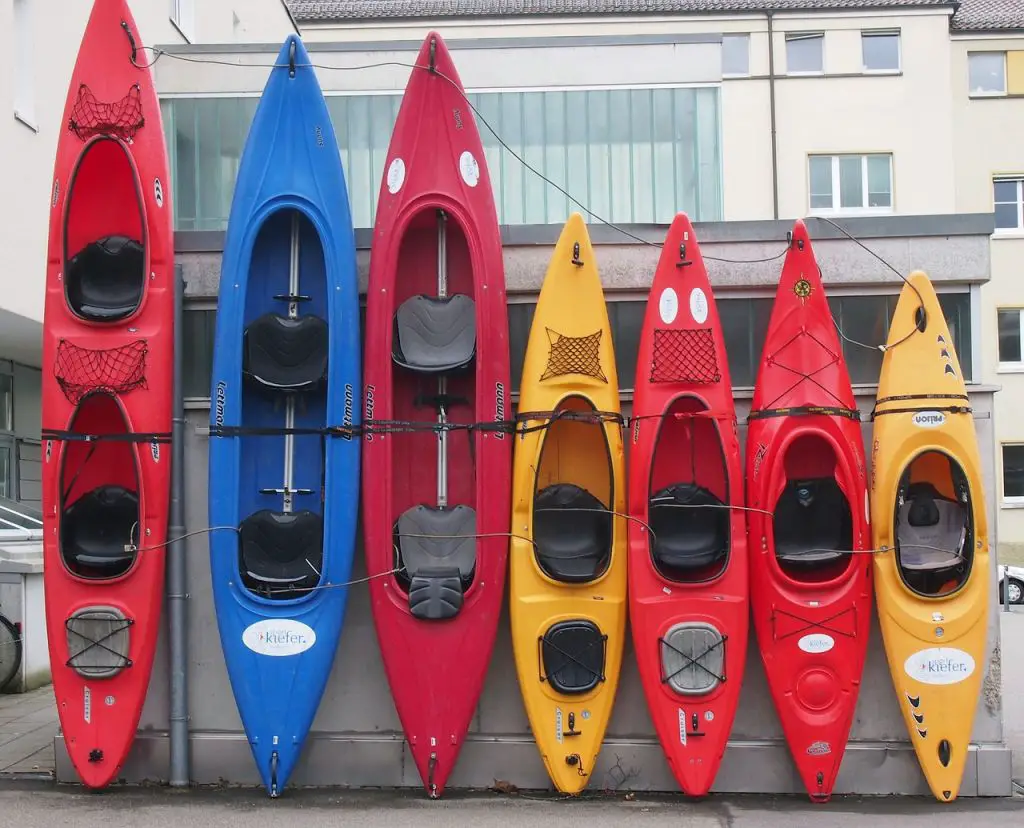
Now let’s dive into the connection between kayak speed and design.
A narrow and longer kayak will generally move faster than a shorter and wider one, all other things being equal. This means that if kayak speed is a top priority for you, then a racing kayak, touring kayak, or sea kayak, especially sit-inside models, might be the best choice.
On the other hand, if you’re just out to enjoy a relaxing kayak trip on the water, a recreational SOT or fishing kayak might suit your needs just fine. Just like you wouldn’t expect a van to beat a sports car in a race, you shouldn’t expect a kayak with a wide and flat hull to be as fast as one with a sleek and narrow design.
Water Conditions
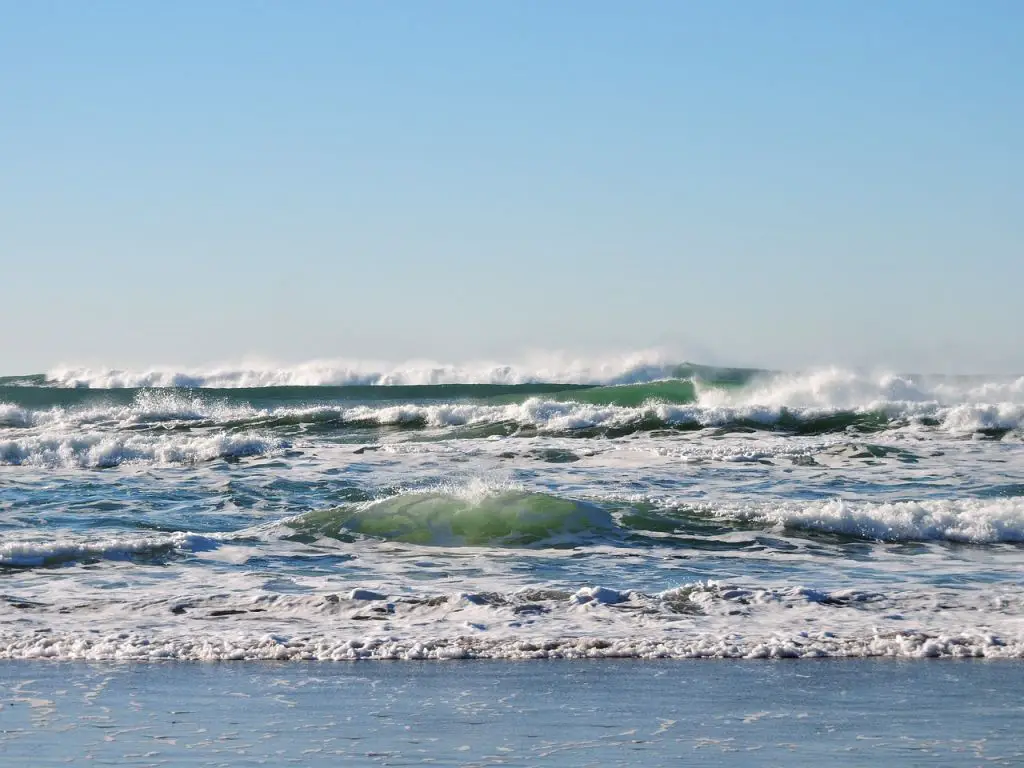
Anyone who has tried to paddle against currents, tides, and waves knows it can be a real workout. It goes without saying you’ll be kayaking for a while before you get to where you’re going.
If you find yourself paddling against a strong current, or say the water is choppy or has floating debris, it will be much more challenging for you to maintain a steady pace and direction. It may increase or decrease your speed, depending on whether you’re paddling with or against the current.
From time to time, you may encounter obstacles like overhanging trees, huge rocks, or even other kayakers that will slow you down. These obstacles will make you have to maneuver and change direction, affecting your overall speed on the water, and making your trip longer than you had expected.
Wind And Weather Conditions
I assume you already always watch out for the weather conditions before you head out kayaking. But say one day you’re paddling against the wind, it’ll be like trying to run with a parachute strapped to your back – not fun! The same goes for kayaking. Plus you could hurt your wrist or get injured as you exert yourself.
A headwind that’s strong enough can slow you down, which will be more of a challenge to try to move forward. You’ll get exhausted fast. However, if you happen to catch a tailwind, it can feel like a little push from Mother Nature herself, giving you a much-welcome boost and increasing your speed.
You can reasonably expect winds to either increase or decrease your kayaking speed by about 1 or 2 miles per hour. So always double-check the wind and weather conditions.
Experience And Physical Fitness

Now, if you’re a seasoned kayaker, you’ve likely nailed your paddling technique and can effortlessly glide through the water, crushing personal best speeds. Conversely, if you’re a newbie and don’t have a lot of kayaking experience, be prepared for a little struggle and a bit of a slower pace.
But experience isn’t everything – physical fitness can also give you a leg up cause you’ll be more efficient with each stroke if you’re fit. If you’re in good shape and you’re paddling technique is on point, you’ll have more stamina and endurance to power through a longer kayak trip at a faster speed.
If you’re just starting out in the world of kayaking, it’s totally normal to feel like you’re lagging behind the more experienced folks out there. But you’ll find building up those kayaking muscles and endurance will take time and practice.
One way you can level up your game faster is by hitting the gym and incorporating exercises that target the muscles used in kayaking. That and proper paddling form can cut down how long it takes to kayak a mile.
I’ll dig deeper into this in the coming sections.
How To Improve Kayaking Speed
We have seen that your kayaking speed is determined by a dynamic interplay between your experience, physical capabilities, and the way you handle that paddle just as explained above.
The right combination of these elements will propel your kayak across the water with greater speed and finesse. So, let’s now delve into how you can gradually improve your ability to zip through the waters like a pro and shave the minutes it would have taken to kayak a mile. It all starts with having the right tools.
Choosing The Right Kayak
Alright, so you’re itching to get out on the water and hit record time. That’s great. I’m hyped for you, but let’s be real, a clunky old boat won’t let you fly like a bird. There are a few options that optimize for speed.
You cannot just pick any old kayak, paddle fast as you can, and hope for the best. It has to be right for the job. So choose the right kayak with your skill level and intended use in mind.
For a beginner kayaker, you may prefer a stable and easy-to-handle sit-on-top kayak, while the more experienced kayakers may fancy a more maneuverable kayak designed for speed and better performance.
It’s not only the kayak, but using the right paddle for your specific kayak is crucial as I explained earler. Different paddles have different designs, that’s why you have to ensure you choose one that’s appropriate for your intended use.
Say, you’re trying to cover long distances quickly, a high-angle paddle with wider blades is likely what you will need. But if you’re looking for a more relaxed paddling experience, a low-angle paddle with narrower blades is what you’d be better of going for.
Your gear can make a big difference, too! Wearing the right clothing for the weather: either a wetsuit or a dry suit, and the right footwear for getting in and out of the kayak can help you move more efficiently. And when you’re comfortable and stable, you can keep up a good pace for longer.
That’s why I suggest you don’t forget to factor in your gear and the type of kayak you have if you really want to crush your personal best time.
Maintaining And Cleaning The Kayak
If you dent your kayak’s hull due to incorrect storage, poor transportation, or dragging it across the ground, it becomes disfigured over time. This is called oil canning and it will certainly affect the average speed of at which your kayak moves through the water.
Add the effect of the sun’s UV light on your ‘yak and the accumulation of dirt and grime over time, and you’ll start noticing, especially over long excursions, that there’s reduced speed. So maintenance will definitely affect how long you’ll take to kayak a mile.
You should not overlook regular waxing of a kayak, which is an important aspect of maintenance. By keeping the hull smooth, the kayak can glide through the water with less resistance, making it easier to paddle and increasing its speed.
This can make a noticeable difference, especially over long distances. But there’s more to cleaning your kayak than you may assume initially.
So, yes. It’s certainly worth taking the time to properly maintain and care for your kayak to ensure the best possible performance on the water.
Physical Conditioning And Training
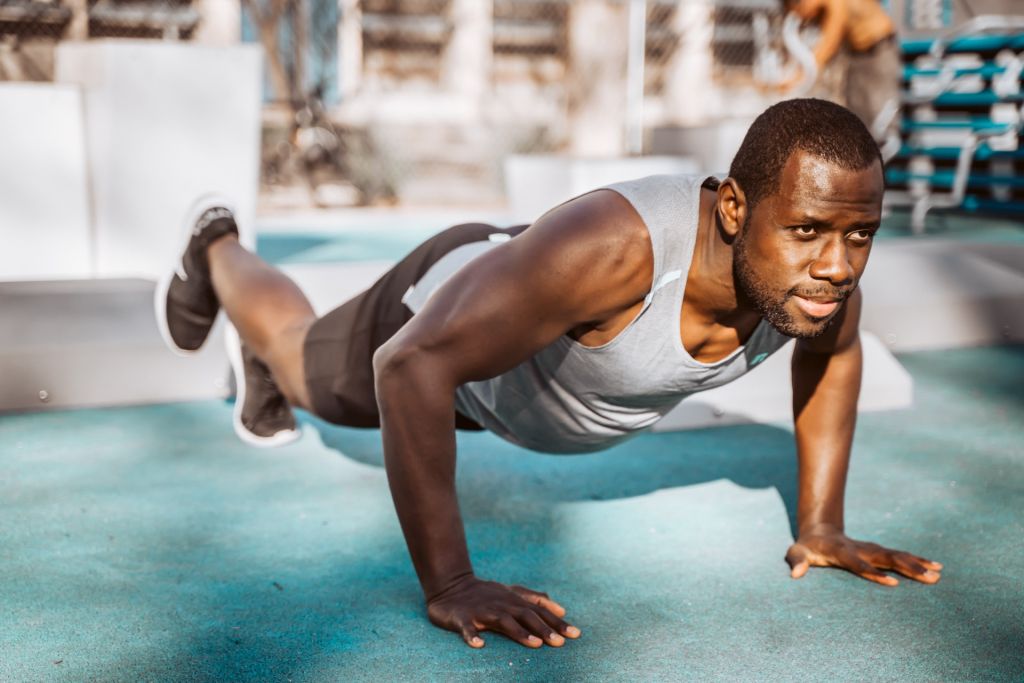
It’s clear from what we have seen that proper paddling technique and being in good shape makes it easier to shave minutes off the time it takes to kayak a mile. That said training and physical conditioning is a no brainer if you want to paddle faster.
It’s not just the back muscles and torso that come into play. In fact, each paddle stroke involves both pulling with one arm (back) and pushing with the other arm (chest). To strengthen the muscles needed for kayaking, exercises like bent over rows can help target the back, upper back, shoulders, and arms.
Since kayaking involves using one side of your body at a time, training one arm at a time with weights can help improve core strength and stability for rotational movements. So if you focusing on building these specific muscle groups, paddlers can improve their kayaking speed and efficiency.
Aside from weightlifting exercises, cardio exercises such as running, swimming, or cycling can also improve your overall fitness and stamina for kayaking. You can increase your endurance by doing these exercises, making it easier for you to paddle for longer periods of time without getting fatigued.
Summary
To avoid staying out on the water for longer than you expected, you can see why it helps to know or have a realistic idea of how long it takes to kayak a mile. Not to mention you risk injuries from paddling too much and fatigue which are more common than you may assume.
As we have seen, the question of “How long does it take to kayak a mile?” does appear straightforward, but the answer is not as simple. It certainly varies from one paddler to another, and it also depends on many factors that I went through earlier.
When you’re just starting out kayaking, you may initially paddle at a speed of around 2 miles per hour. But as time passes and you improve your technique, you will notice an increase in your kayaking speed and a decrease in the time it takes you to cover any distance.
As I wind up, remember, practice and progression will play a significant role in enhancing your kayaking performance.
